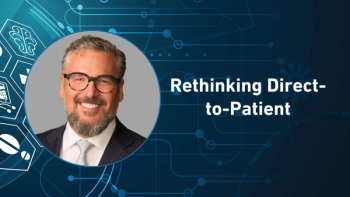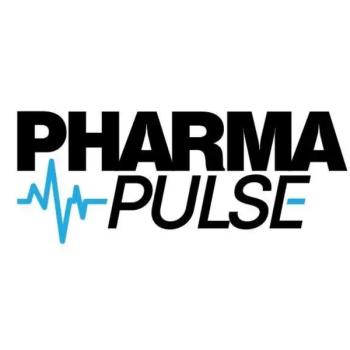
Asembia 2025: GLP-1 Drugs Reshape Reimbursement and Coverage Models
Doug Long, VP, industry relations, IQVIA, discusses how soaring demand for GLP-1 therapies is driving reimbursement challenges, shifting distribution models, and expanding the drugs’ potential into new therapeutic areas.
In an interview with Pharmaceutical Commerce, a session leader from “U.S. Pharmaceutical Transitions: What’s Next?” shared key insights on the current and future state of the market. The conversation highlighted the rapid growth of specialty pharmaceuticals—now comprising over half of the total market—and examined critical industry developments ranging from biosimilar uptake and GLP-1 drug disruption to persistent challenges like retail pharmacy closures and drug shortages. With an eye toward long-term trends and underexplored risks, the discussion underscored how therapeutic priorities and commercial strategies are evolving in a complex and increasingly constrained healthcare landscape.
PC: GLP-1s are dominating so much of the conversation. Based on your analysis, what ripple effects are you expecting GLP-1s to have across other therapeutic areas?
Long: I focus on the reimbursement impact of GLP-1s, particularly how retail pharmacies are losing money on every prescription they dispense. As a result, there’s growing momentum to restrict dispensing—shifting from 90-day supplies to just 30-day fills. We're also seeing a migration toward direct-to-consumer platforms like LillyDirect and NovoCare, where patients can access these medications at more predictable prices.
On the payer side, some companies are starting to exclude coverage altogether due to the high cost. Clinically, GLP-1s show potential beyond diabetes and obesity—there's promise in areas like sleep apnea and cardiovascular conditions. The bigger, long-term question is: if patients become significantly healthier through these medications, will they still need treatments for heart disease, high cholesterol, and related conditions? That shift, though, will likely take five or more years to materialize.
Full Interview Summary: The “U.S. Pharmaceutical Transitions: What’s Next?” sessionoffered a timely look at current market dynamics, with a focus on growth areas, emerging challenges, and broader industry shifts. Specialty pharmaceuticals now make up 52% of the total market, with strong momentum in immunology, oncology, and HIV treatments. Notably, the introduction of a private-label biosimilar to Humira is making a measurable impact.
Discussion also touched on macro-level issues such as drug shortages, retail pharmacy closures, and new product launches. Tariff uncertainties and economic pressures are contributing to instability, particularly in retail pharmacy, where closures are occurring at a rate of approximately four per day. Pharmacies are struggling with staffing shortages and expanded responsibilities, such as administering immunizations, with no near-term policy solutions in sight.
The session also explored the expanding footprint of GLP-1 drugs, which have disrupted both therapeutic and commercial landscapes. Retail pharmacies often lose money dispensing them, prompting a shift to 30-day fills and increasing reliance on manufacturer-direct programs like LillyDirect and novoCare. Although GLP-1s are being explored for additional indications such as sleep apnea and cardiovascular conditions, broader coverage remains limited, especially under Medicare and Medicaid.
In terms of long-term trends, panelists noted the increasing focus on rare diseases, orphan drugs, and cell and gene therapies—high-cost treatments for smaller patient populations. While biosimilars are gaining ground in biologics, development is lagging; out of 128 eligible biologic molecules, only 12 have active biosimilar programs.
An underappreciated trend is the role of pharmaceutical rebates in subsidizing health insurance premiums. A decline in rebates could lead to higher premiums, potentially reshaping payer dynamics. As the market evolves, industry leaders must navigate pricing pressure, access challenges, and shifting therapeutic priorities.
Newsletter
Stay ahead in the life sciences industry with Pharmaceutical Commerce, the latest news, trends, and strategies in drug distribution, commercialization, and market access.




